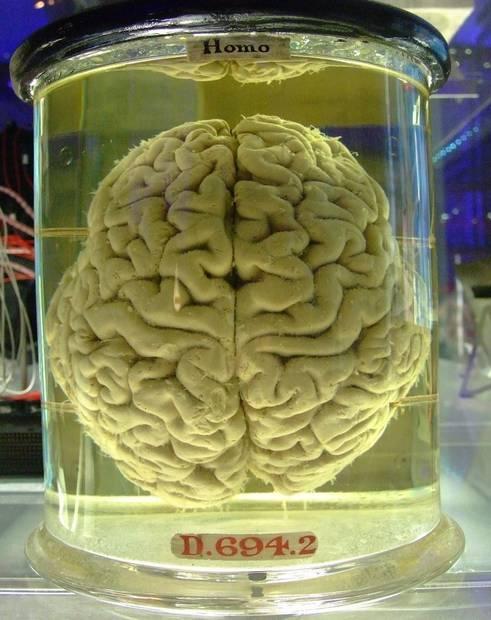Science
Scientists Uncover Brain Circuit That Can “Switch Off” Chronic Pain

Researchers at the University of Pennsylvania have identified a brain circuit that can effectively “switch off” chronic pain, offering hope for personalized pain relief treatments. This significant finding could pave the way for therapies that target the root of pain directly in the brain, potentially transforming the management of chronic pain conditions.
Chronic pain persists long after the initial injury has healed, often lasting for years or even decades. It arises when the brain’s pain input becomes sensitized and overly reactive. In their study, published in the journal Nature, researchers focused on a specific group of neurons known as Y1 receptor neurons located in the lateral parabrachial nucleus (lPBN). These neurons play a crucial role in regulating pain signals, overriding them when more pressing survival needs arise, such as hunger or fear.
The initial phase of this research revealed that Y1 receptor neurons do not merely respond to acute pain; rather, they exhibit “tonic activity,” meaning they remain active during prolonged pain conditions. This is akin to keeping a car engine running after it has been parked. The findings suggest that the brain can filter sensory information to reduce pain perception when immediate survival takes precedence.
The study further identified a key component of this pain modulation mechanism: neuropeptide Y (NPY). This signaling molecule helps the brain prioritize competing needs. When an individual faces threats, such as starvation or danger, NPY acts on Y1 receptors in the parabrachial nucleus to diminish ongoing pain signals. As a natural response, the brain suppresses pain to ensure that survival-related activities take priority.
Researchers also characterized the molecular and anatomical features of Y1 receptor neurons in the lPBN. They discovered that these neurons do not conform to distinct anatomical or molecular categories but are dispersed among various cell types. This complexity adds to the understanding of how pain mechanisms operate within the brain.
Looking ahead, scientists hope to utilize Y1 neural activity as a biomarker for chronic pain. Currently, there is a significant gap in the ability of drug developers and clinicians to identify specific biological markers for this condition. This research indicates that future advancements may not solely rely on pharmacological interventions. Behavioral approaches such as exercise, meditation, and cognitive behavioral therapy could also influence how these brain circuits are activated, suggesting a multifaceted approach to pain management.
The study marks a pivotal moment in pain research, offering insights that could lead to more effective treatments tailored to individual needs. As the research evolves, it may provide new pathways for alleviating chronic pain and enhancing the quality of life for those affected.
Dr. Tim Sandle, the Editor-at-Large for science news at Digital Journal, emphasizes that understanding these brain mechanisms is essential for developing future pain management strategies. This research opens the door for innovative therapies that could fundamentally alter how chronic pain is treated.
-

 Science3 months ago
Science3 months agoToyoake City Proposes Daily Two-Hour Smartphone Use Limit
-

 Health4 months ago
Health4 months agoB.C. Review Reveals Urgent Need for Rare-Disease Drug Reforms
-

 Top Stories4 months ago
Top Stories4 months agoPedestrian Fatally Injured in Esquimalt Collision on August 14
-

 Technology3 months ago
Technology3 months agoDark Adventure Game “Bye Sweet Carole” Set for October Release
-

 World3 months ago
World3 months agoJimmy Lai’s Defense Challenges Charges Under National Security Law
-

 Lifestyle4 months ago
Lifestyle4 months agoVictoria’s Pop-Up Shop Shines Light on B.C.’s Wolf Cull
-

 Technology3 months ago
Technology3 months agoKonami Revives Iconic Metal Gear Solid Delta Ahead of Release
-

 Technology3 months ago
Technology3 months agoApple Expands Self-Service Repair Program to Canada
-

 Technology3 months ago
Technology3 months agoSnapmaker U1 Color 3D Printer Redefines Speed and Sustainability
-

 Technology3 months ago
Technology3 months agoAION Folding Knife: Redefining EDC Design with Premium Materials
-

 Technology4 months ago
Technology4 months agoSolve Today’s Wordle Challenge: Hints and Answer for August 19
-

 Business4 months ago
Business4 months agoGordon Murray Automotive Unveils S1 LM and Le Mans GTR at Monterey









